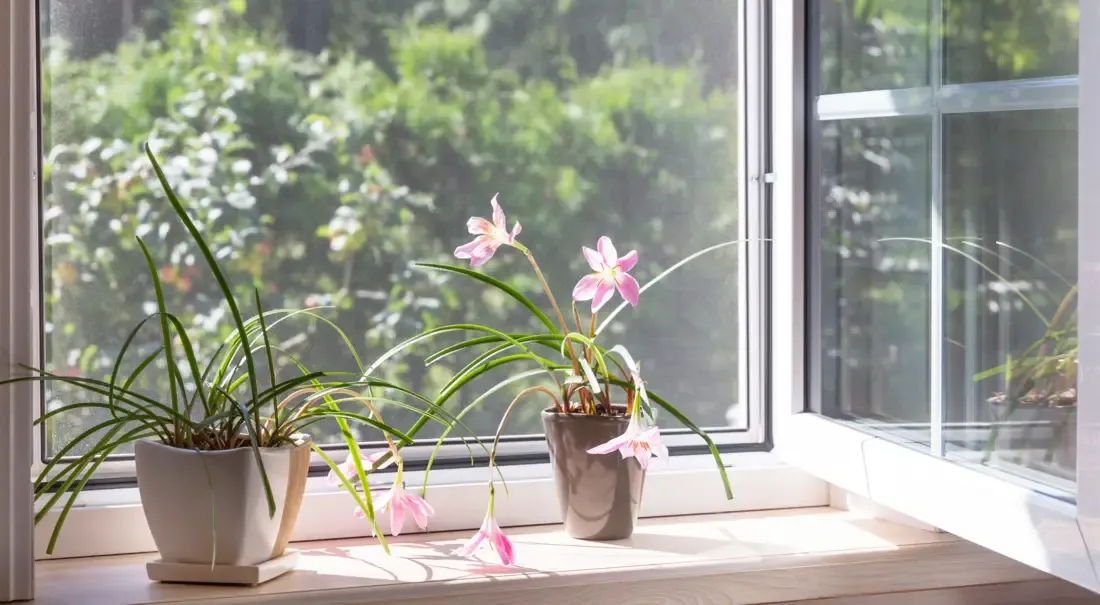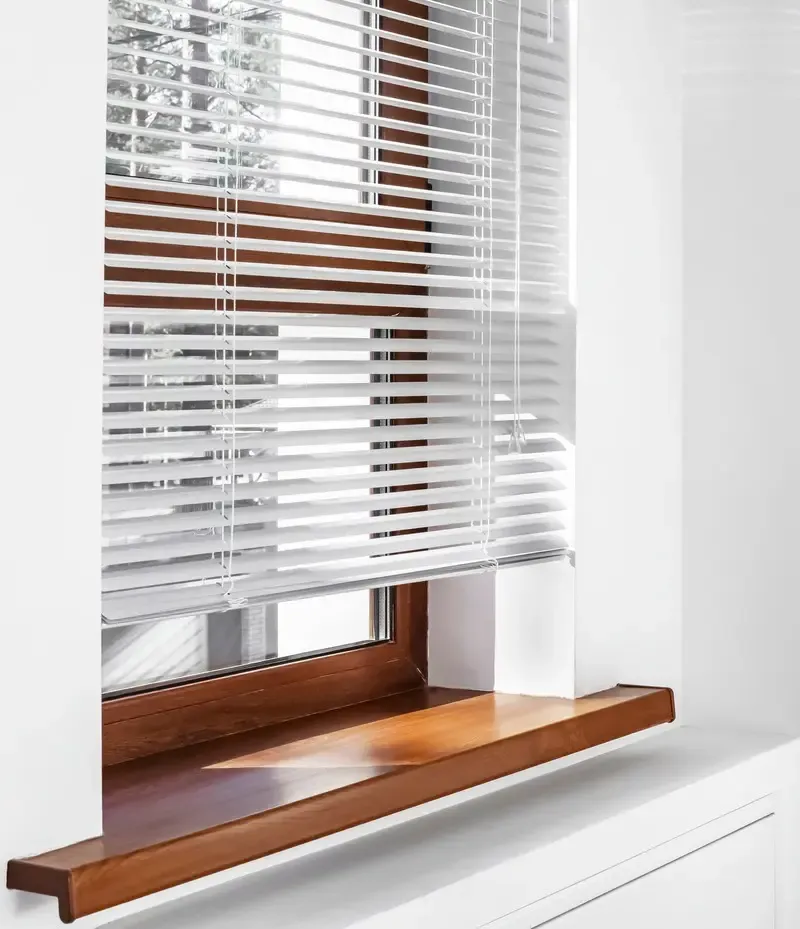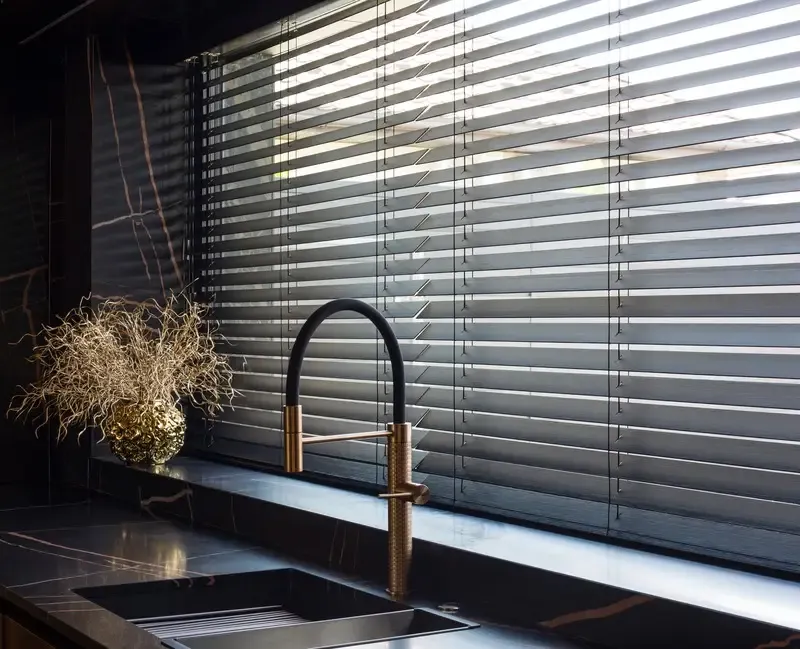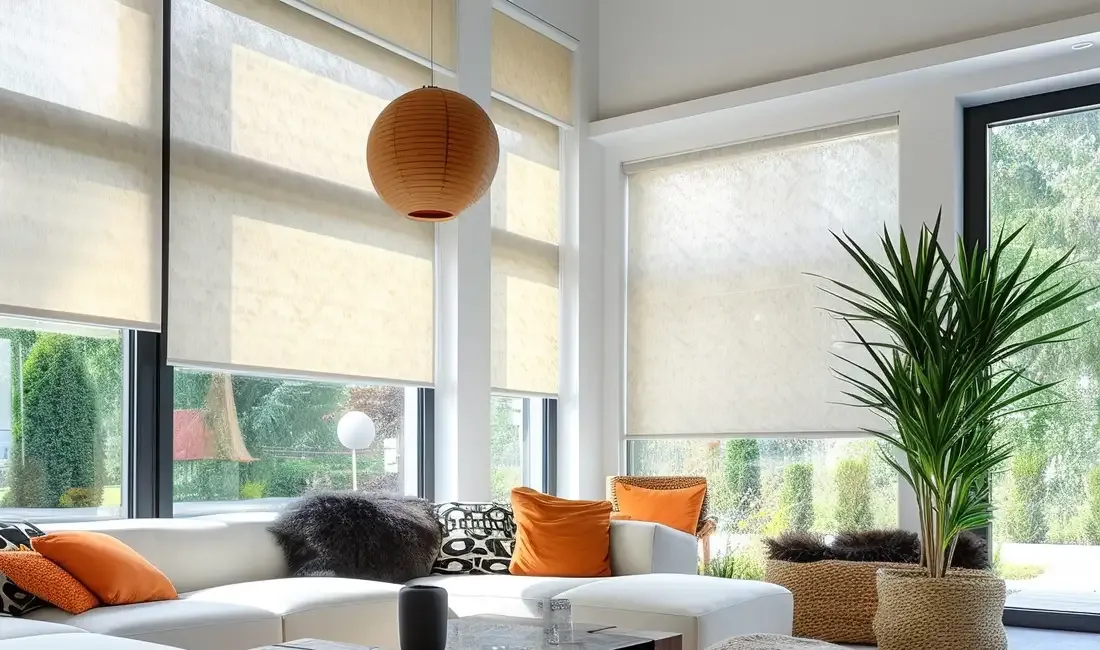Vertical Blinds
Vertical blinds are a versatile window covering featuring vertical slats or vanes that can be tilted or rotated to control light and privacy.
Designed primarily for larger windows and sliding glass doors, they offer an effective and functional solution for covering expansive openings.
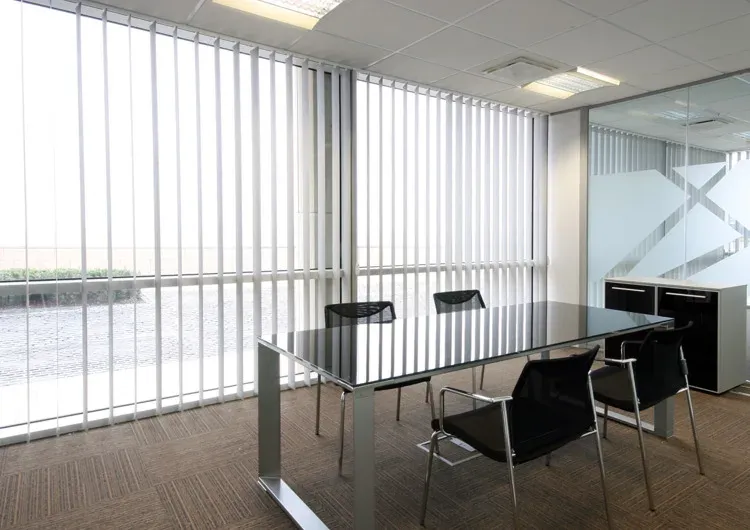
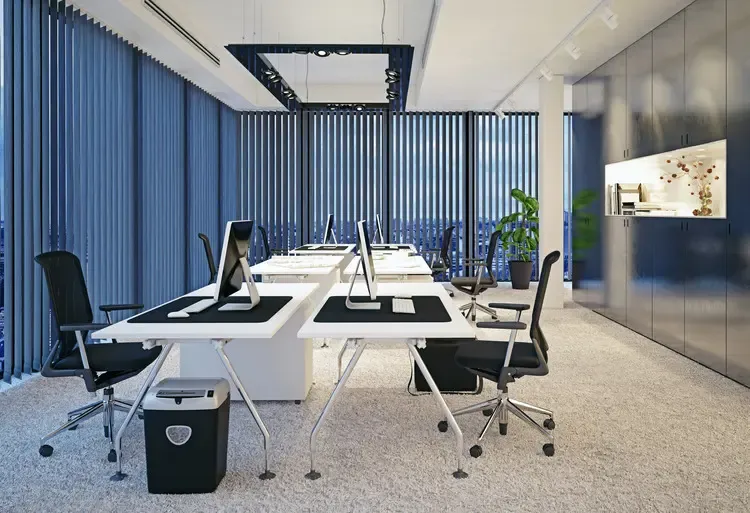
Advantages of Vertical Blinds
Vertical blinds are a favored option renowned for their practicality, functionality, and suitability for expansive windows. They offer an effective solution for managing light and ensuring privacy.
With their versatile design and easy operation, vertical blinds are a reliable choice for any space requiring efficient light control and privacy management.
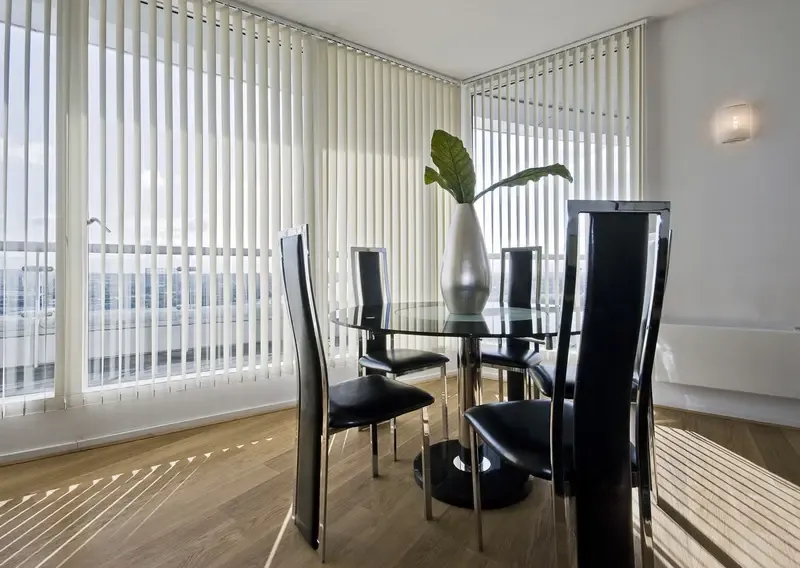

Cordless Vertical Blinds
Cordless vertical blinds represent a modern variation of traditional vertical blinds, designed to eliminate the need for cords and comply with safety regulations, including those set forth by Health Canada.
Unlike their corded counterparts, cordless vertical blinds utilize alternative mechanisms for traversing and tilting the vanes, offering a safer and more streamlined design. Here are several key features and benefits associated with cordless vertical blinds:
PVC vs Fabric - How should you choose?
Choosing between PVC (polyvinyl chloride) and fabric vertical blinds depends on your specific preferences, needs, and the characteristics you prioritize in window coverings. Here's a comparison of PVC and fabric vertical blinds in various aspects
PVC
Made of a durable and moisture-resistant plastic, PVC blinds are suitable for areas with high humidity. They are less likely to warp or degrade due to moisture exposure. PVC vertical blinds are also known for their affordability.
FABRIC
Made of soft materials, providing a more luxurious and elegant appearance compared to PVC. Fabrics come in various textures, patterns, and colors, allowing for greater design versatility.
PVC
PVC blinds have a more utilitarian or modern appearance. While some PVC blinds mimic the look of wood, they generally convey a straightforward and functional aesthetic.
FABRIC
Fabric blinds offer a softer and more decorative look. With a wide range of fabric options, you can choose styles that compliment your interior decor, giving a warmer and more inviting feel to the room.
PVC
PVC blinds offer effective light control, and the slats can be tilted to adjust the amount of light entering the room. However, PVC blinds may not provide the same level of light softening as fabric.
FABRIC
Fabric blinds offer versatile light control options. Sheer fabrics can filter light, while more opaque fabrics can provide better privacy and light blocking. The softness of the fabric also diffuses light for a warmer glow.
PVC
PVC blinds may not provide as much insulation as fabric. While they offer some level of temperature control, they are not as effective in retaining heat or cold.
FABRIC
Fabric blinds, particularly those with thicker materials, can provide additional insulation, helping to regulate indoor temperatures and improve energy efficiency.
PVC
PVC blinds are generally easy to clean and maintain. They can be wiped down with a damp cloth to remove dust and dirt.
FABRIC
Fabric blinds may require more delicate care. Some fabrics can be vacuumed or spot cleaned, but certain materials may need professional cleaning.
PVC
PVC blinds are often more budget-friendly compared to fabric blinds.
FABRIC
Fabric blinds may be more expensive, depending on the type of fabric chosen.
